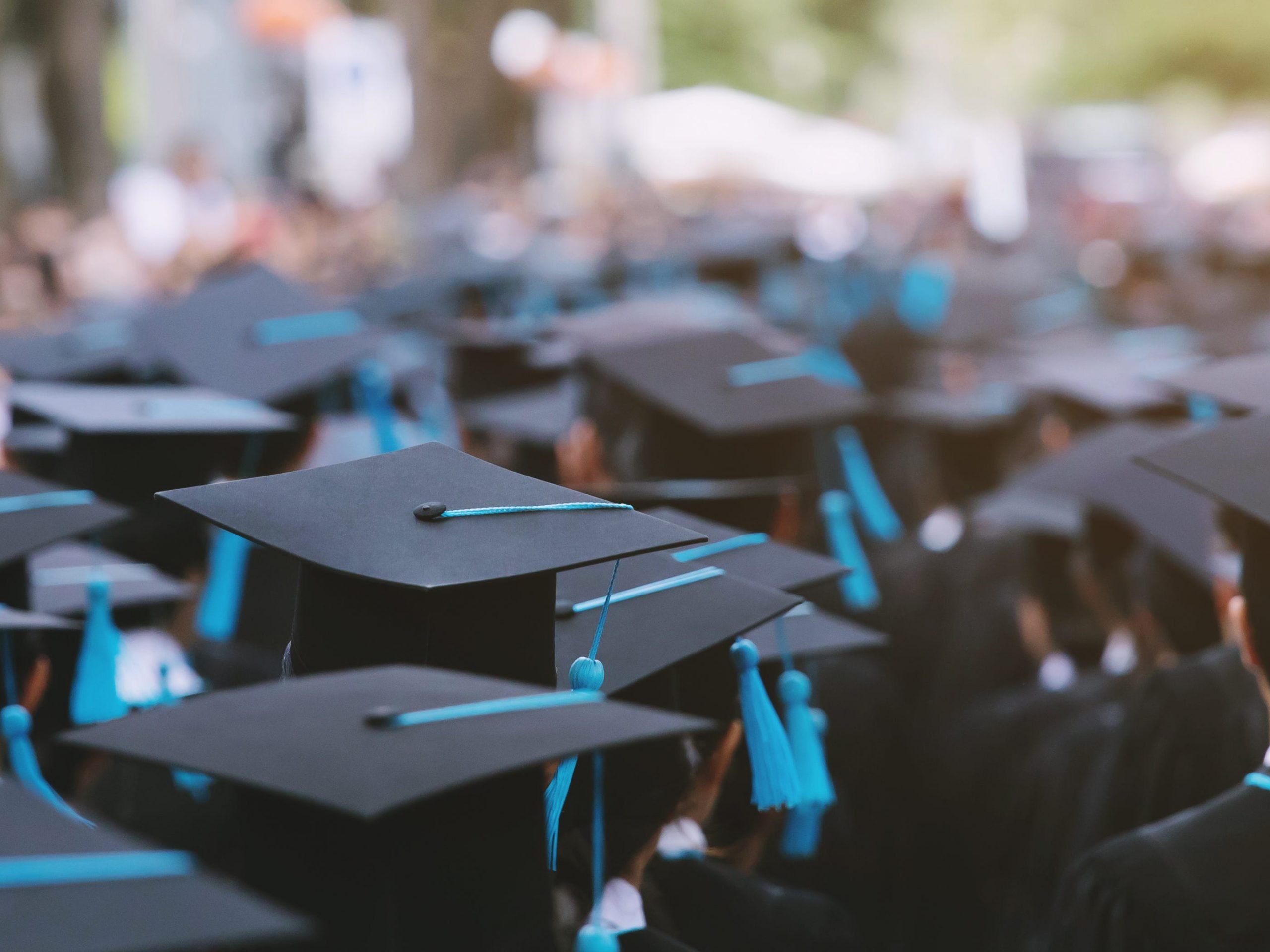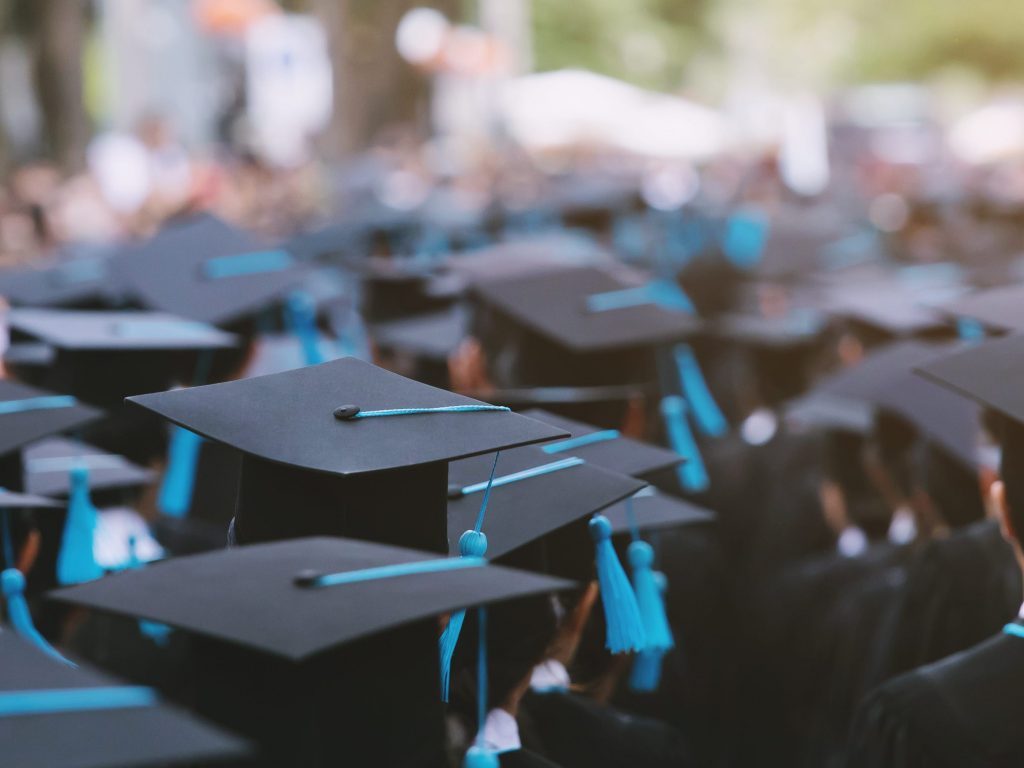
- New Ed. Dept. data found 93% of federal student-loan borrowers are still in default, even after the payment pause.
- Administrative hurdles made it difficult for those borrowers to return to good standing during the pandemic.
- The department is reportedly considering a "safety net" to ease borrowers back into repayment.
New data from the Education Department reveals that of the 7.7 million federal student-loan borrowers in the US that were behind on payments at that start of the pandemic, 93% are still behind — despite a nearly two-year pause in payments.
During the payment pause, borrowers in default also had the opportunity to participate in the Education Department's "rehabilitation" program, which allowed borrowers to make nine monthly payments during the pause in order to be brought back into good standing. And given the payment pause, borrowers could count $0 payments toward their progress.
But in order to participate in the program, borrowers had to complete significant amounts of paperwork and communicate with their student-loan company, which, as Insider has reported, is no easy feat and leaves many borrowers without the information they need to pay off their debt.
"It is no exaggeration to say that even with massive federal intervention to provide borrowers a pathway out of default during COVID, hardly any borrowers successfully accessed it," the Student Borrower Protection Center wrote in its analysis. "These findings are a startling indictment of the systems that borrowers depend on to secure their rights under the law."
According to the data and an analysis by the Student Borrower Protection Center, of the 5.7 million borrowers with federal direct student loans in default at the start of the pandemic, 91% of them are still in default. In addition, of the 2.8 million borrowers under the Federal Family Education Loan (FFEL) program, which is held by the Education Department, 95% of them are still in default.
Across the entirety of the federal student loan portfolio, 93% of the 7.7 million borrowers who were in default on $168 billion in student loans at the start of the pandemic are still in default.
—Student Borrower Protection Center (@theSBPC) November 16, 2021
Even though many borrowers are not prepared to resume payments on February 1, the Education Department has made clear they are not planning on altering the timeline. However, the department is reportedly considering a "safety net" for borrowers once payments resume, one of which could include automatically erasing defaulted payments for 7 million borrowers and giving them a "fresh start." Details for those plans have yet to be finalized.
Defaulting on student debt can have a whole range of negative impacts on a borrower's financial situation. Not only can it lead to wage garnishment, but borrowers in default with children can also risk having their child tax credit seized — a critical family benefit.
And in July, Massachusetts Sen. Elizabeth Warren and Rep. Ayanna Pressley led a group of Democrats in writing a letter to Education Secretary Miguel Cardona with concerns of "plunging" borrowers back into repayment without a plan to protect their credit scores and financial stability.
